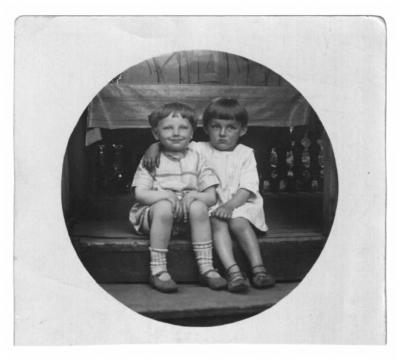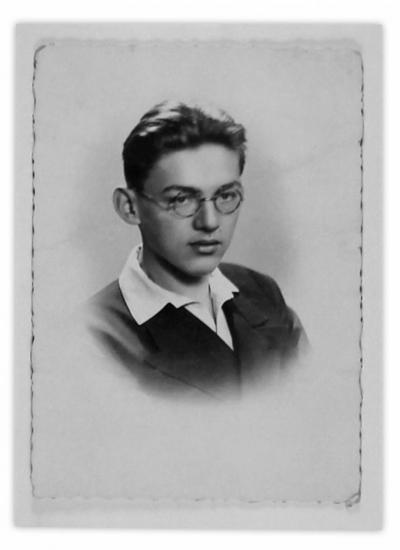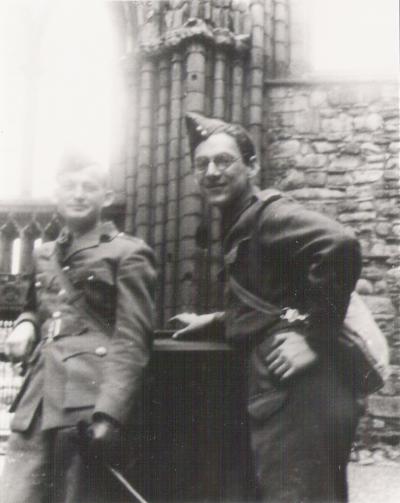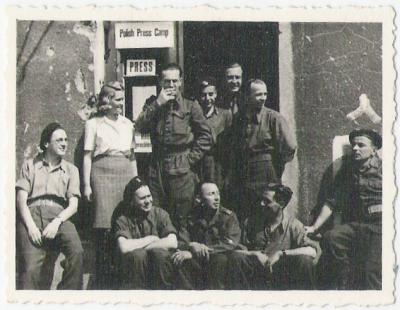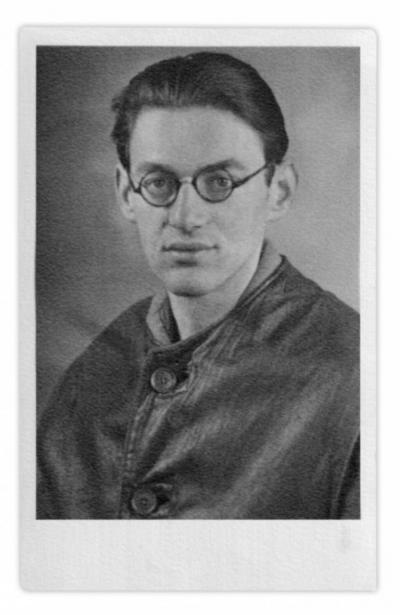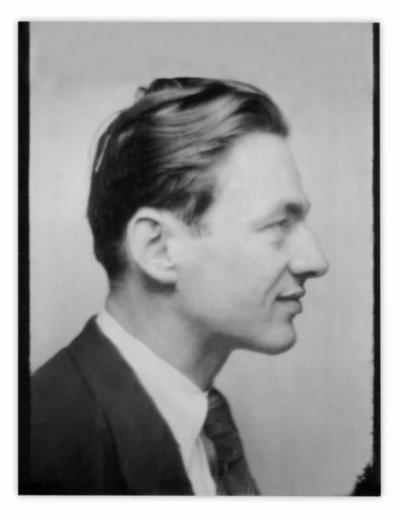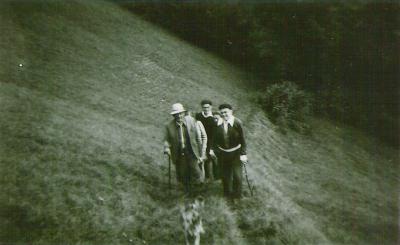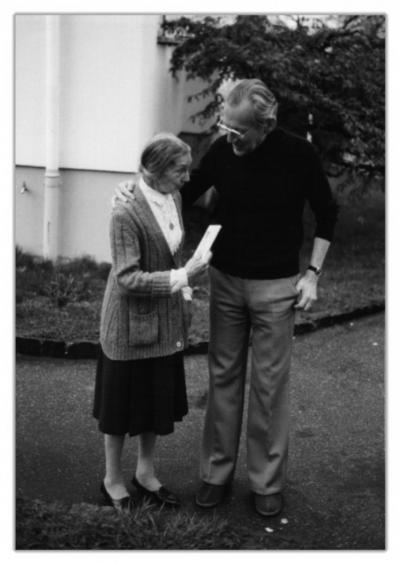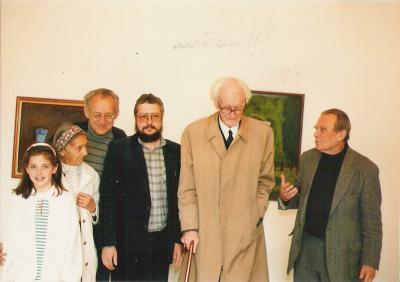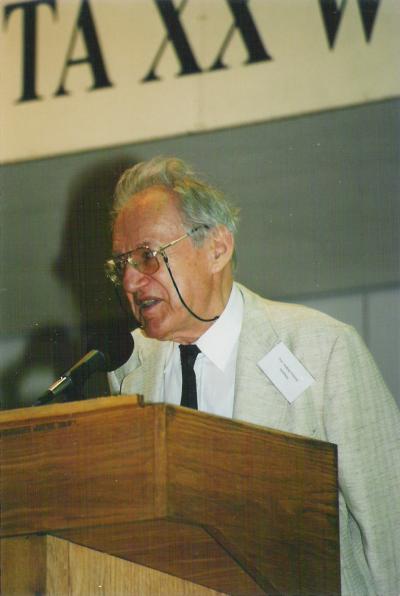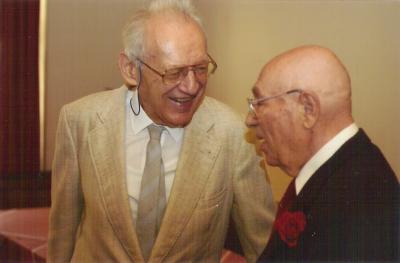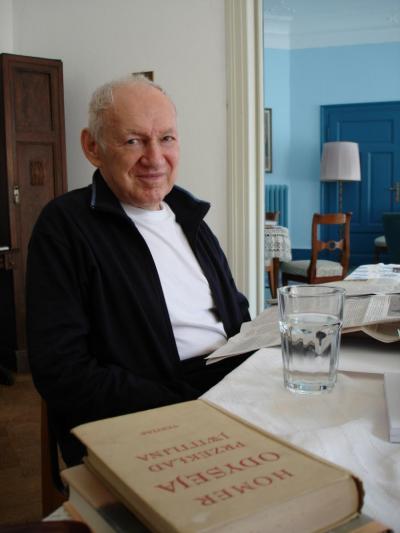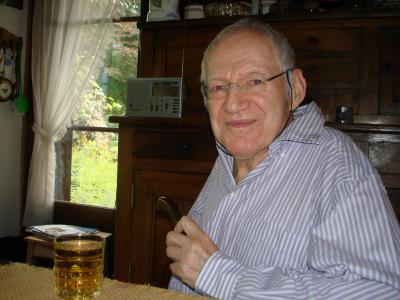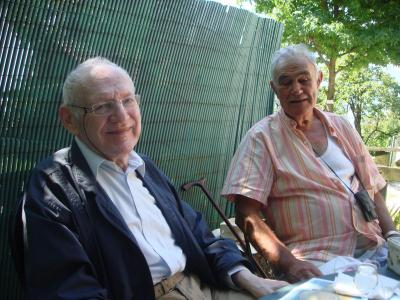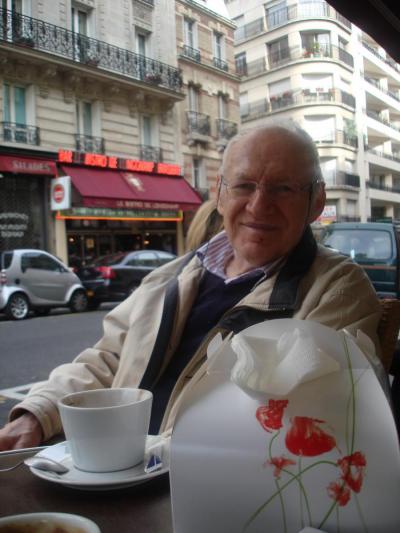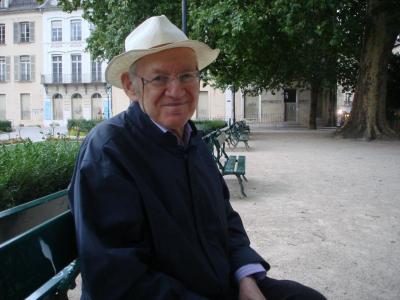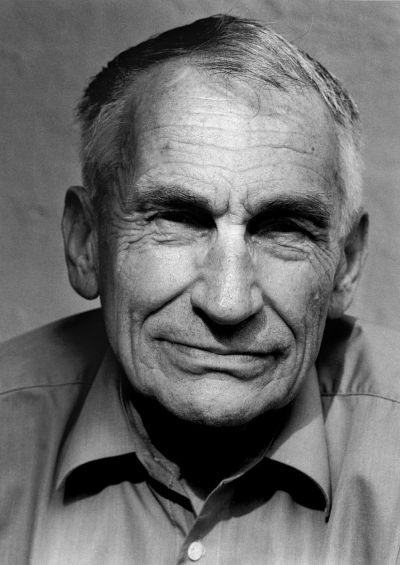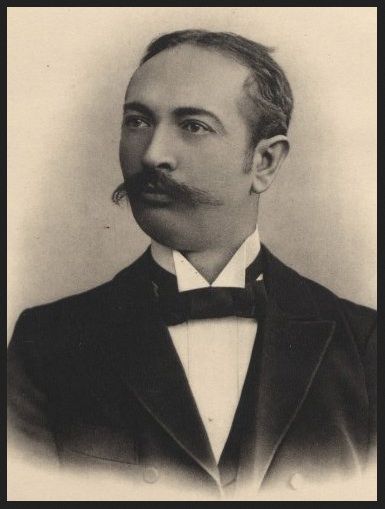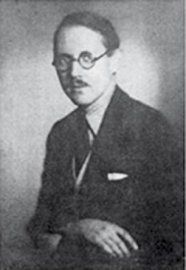Andrzej Vincenz

The outbreak of war on 1 September 1939 affected the whole family in Bystrzec. Stanisław Vincenz travelled with his eldest son Stasiek to Hungary to arrange the trip to the safe side of the Carpathian Mountains for the rest of the family. They were supported in this by Jerzy Stempowski (1893–1969). After returning from Hungary, where they had again been exploring the area, they were arrested by the NKWD (People's Commissariat for Internal Affairs of the USSR). After their release, thanks to the advocacy of Ukrainian authors, the situation continued to be dangerous, particularly for the sons. They hatched a plan to flee to Hungary. On 19 March 1940, just before Easter, Andrzej Vincenz and his brother struggled through to the Hungarian side in dramatic circumstances. Once there, Andrzej Vincenz took himself off to the Polish Embassy from where he was sent to the Polish army, which had now deployed to France. On 17 April 1940, he joined the Polish army in Bressuire. After the surrender of France in June 1940, he was evacuated to Great Britain, ultimately ending up in Stirling in Scotland. Andrzej Vincenz became a team-ranking soldier in General Maczek’s 1st armoured division and was trained as a radio operator. Alongside the preparations for the landing, he continued his education and attended a course to complete the school-leaving exam. At his explicit request, his subjects included ancient Greek. Thanks to the mediation of Jerzy Stempowski, who was staying in Switzerland, he was able to correspond with his parents who succeeded in making their way to Hungary two months after him in May 1949. In 1942, Andrzej Vincenz passed his school-leaving exam as a day pupil at the Polish grammar school in Scotland.
On 22 July 1944, Andrzej Vincenz landed in Normandy as a soldier in the 1st armoured division under General Maczek. He was responsible for telecommunications and travelled around in an all-terrain vehicle. He was involved in the liberation of France, Belgium, the Netherlands and Germany. Towards the end of the war, he joined the editorial team at “Dziennik Żołnierza” (soldiers’ newspaper), where he met came across his schoolfriend Konstanty Jeleński. After hostilities ended, he remained in Germany for two years as the editor of the “Dziennik Żołnierza”. He was stationed in Quackenbrück near Münster. In 1946, Andrzej Vincenz managed to bring his parents and his sister Barbara from Hungary via Austria to his unit in Quackenbrück. Konstanty Jeleński helped with the secret border crossing. Andrzej Vincenz was demobilised on 10 July 1947 in Calais, France – he was one of the last soldiers to be demobilised because he had not learnt a profession. At this point, his parents were already in France. His sister had received a scholarship to study physics at the University of Grenoble, whilst Stanisław and Irena Vincenz settled nearby in the small French town of Uriage les Bains.
In autumn 1947, Andrzej Vincenz commenced his studies in English, Romance languages and linguistics at the Sorbonne in Paris. He got to know Polish students and scholarship recipients, including Alina Szapocznikow, Joanna Guze and his first wife, the psychology student Alina Guzik, who had survived the Warsaw Ghetto during the war. As a result of the friendship that he developed with Józef Czapski, he got to know Jerzy Giedroyc and the other members of the editorial team at the magazine “Kultura”. Andrzej shared a deep friendship with Konstanty Jeleński, who moved to Paris from Rome at the beginning of the 1950s. At the request of Jerzy Giedroyc, he published articles in the “Kultura” which, as time went by, more often featured subjects linked to the Ukraine. In the first few years, he published articles in the “Kultura” under the pseudonym Jan Torosiewicz.
